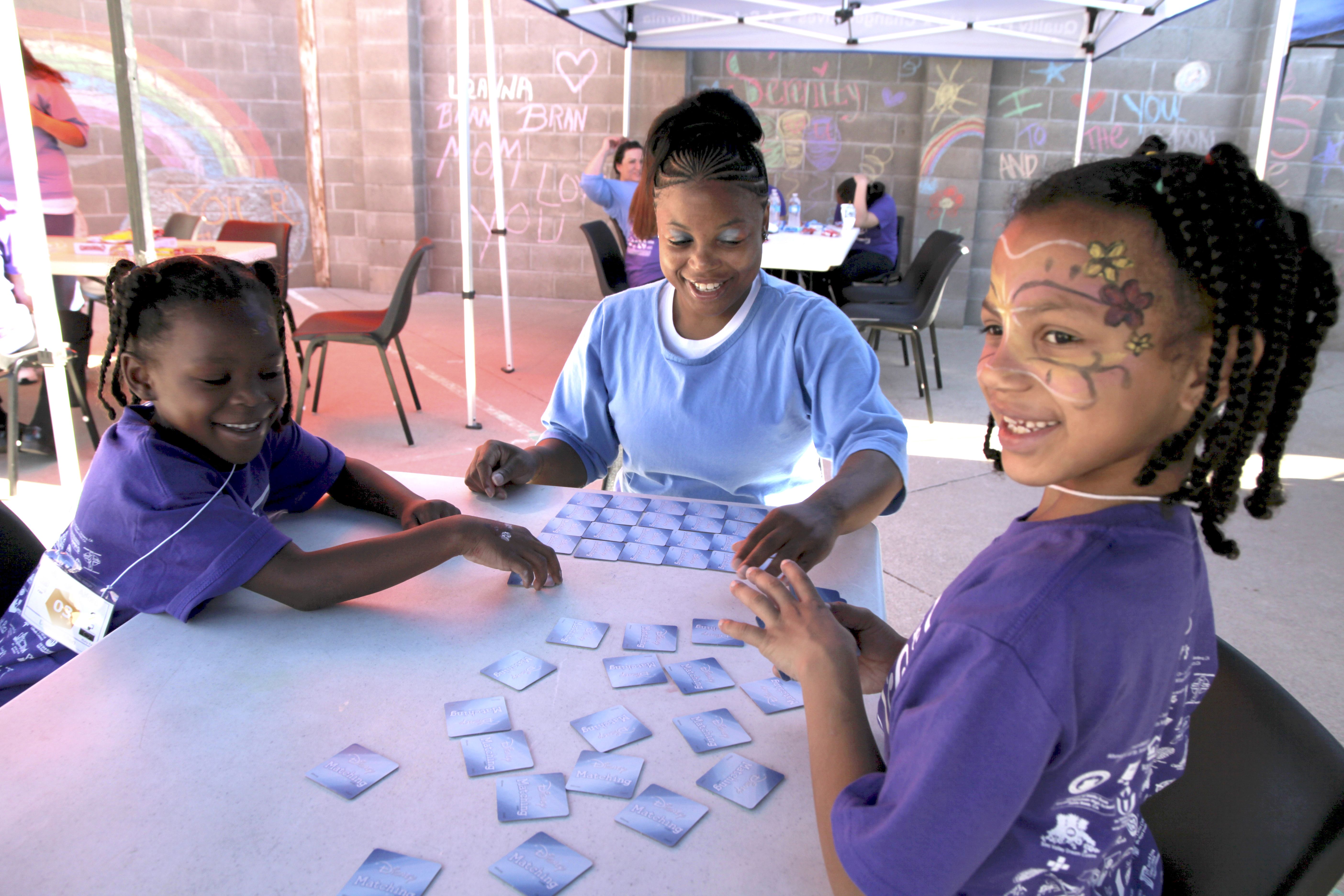Today's Under-reported Fact:
1 in 28 children in the United States—that's 2.7 million—has a parent in jail or prison.
Reading:
Choose one of these two stories by Jaime Joyce, executive editor at TIME for Kids, about different programs designed to help children with one or more incarcerated parents. Each story is a <10-minute read.
Discussion Questions:
As a class or in small groups, discuss:
- What challenges do children with a parent in jail or prison face?
- What would be some challenges for someone trying to visit a family member at the jail or prison closest to you?
- What support do children growing up with a parent in jail or prison need? How can it best be provided to them?
Activity Ideas:
Option 1. What programs and services exist to benefit the children of incarcerated people in your community? Get in touch with a leader at the program or organization and find out what you and/or your class can do to help.
Option 2. In "Family Connection," Jaime Joyce describes the process for entering the low-security prison she visits. “It was scary at first,” says one of the children she interviewed. Find out what the process for visiting the jail or prison closest to you is. (Look online, or contact the facility.) Create a comic strip or a written guide that gives detailed information about what the process will be like and what visitors will need to do. Then, share your creation online or in your school hallways to make this process less scary for others.
Option 3. Educators: Select a criminalized behavior for your class to research. Ask students to research alternative solutions to incarceration that better rehabilitate or reconcile the person with the community. Students should present an argument in favor of one or more of these solutions to the class, respond to questions from their classmates, and ultimately develop an alternative plan to incarceration as a class. Send your class plan to your local newspaper and/or your representative.
